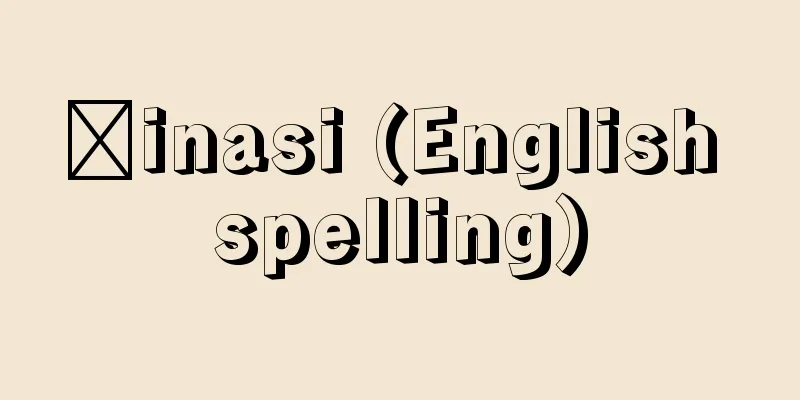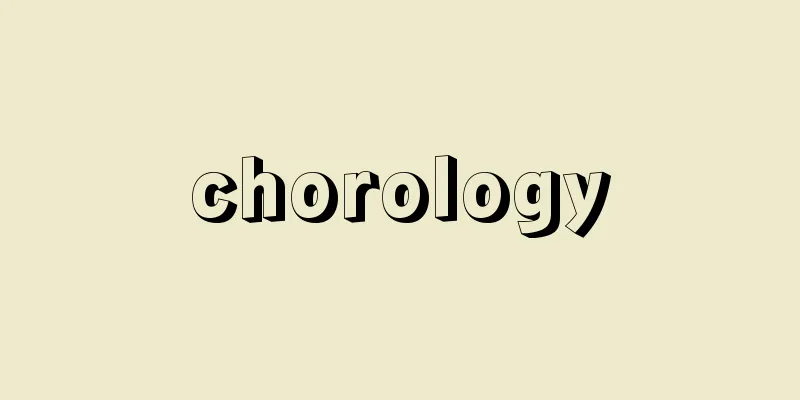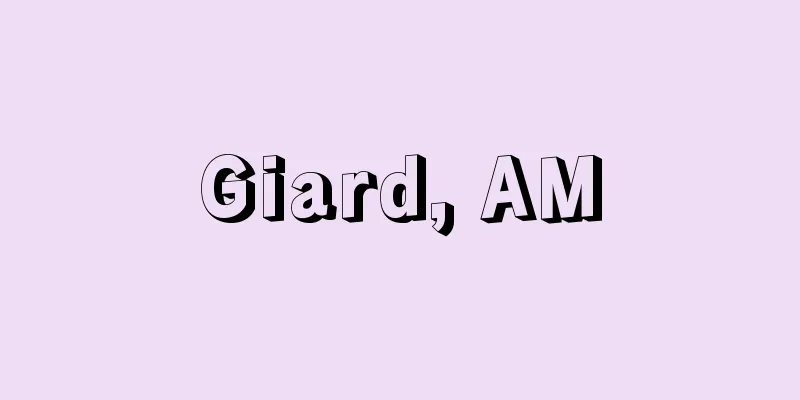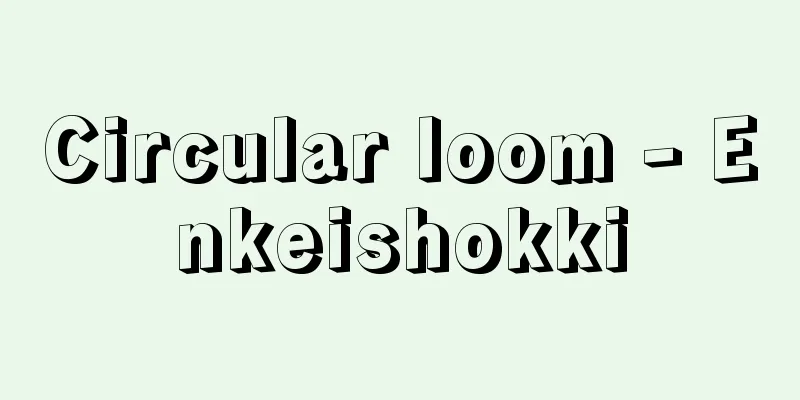Real story - Facts

|
A type of reading material from the Edo period. In 1722 (Kyoho 7), the shogunate issued a publishing control order that made it impossible to publish or perform any novels or theatrical scripts that were based on matters related to the Tokugawa clan, rumors, or actual events. As a result, all such material was available to readers through rental bookstores as anonymous copies. Many of these were written copies of lecture scripts that had been written down from the dictations of lecturers, and are collectively known as jitsurokumono. Although they are called jitsurokumono, they often contain a mixture of fiction. Based on the content, they can be broadly categorized into military tales that record battles since the Middle Ages, council stories in the form of court records such as the Date Uprising, sabakimono (dealings) that turn the court records of Kyoto Shoshidai Itakura father and son and Edo magistrate Ooka Echizen no Kami into a comedy of stories, revenge stories such as those of the Soga brothers and the Iga-goe revenge, and historical tales that chronicle the deeds of Sengoku heroes. Because they were written in manuscript form, it is difficult to research the authors and the time of their creation, and because they lack literary value, there are few researchers, so they are not generally recognized as a genre of early modern literature. However, after the Kansei Reforms, for example, Shikitei Sanba's "Ikazuchitarou Goaku Monogatari" (1806), which is said to be the first gokan (combined story), is said to be based on the true story "Tenmei Suikoden" (1781-1789) around the Tenmei era, and the human interest story "Seidanmine no Hatsuhana" (1819) compiled by Jippensha Ikku is a compilation of the true story novel "Edo Murasaki," which was compiled around 1809 (Bunka 6). These are noteworthy points as they have provided a great deal of material for fantastic novels such as yomihon (reading books), gokan (combined story), and early human interest stories, and further research is anticipated. [Goya Jinbo] A collection of scrolls, Part 1, by Shikitei Sanba, National Diet Library "The Tale of Raitaro's Evil" Source: Shogakukan Encyclopedia Nipponica About Encyclopedia Nipponica Information | Legend |
|
江戸時代の読み物の一種。1722年(享保7)幕府の発した出版取締令によって、徳川氏に関係した事柄、世上の噂(うわさ)や実際にあった事件などを素材にした小説類や演劇台本などは、すべて公刊・公演が不可能となった。その結果、そのような内容のものは、すべて作者不明の写本で、貸本屋を通じて読者の手に渡ることになった。その多くは、講釈師の口述を書き留めた講釈台本を書き写したもので、総称して実録物という。実録というが、多く虚構を交えたものである。内容から、中世以来の合戦を記した軍談物、伊達(だて)騒動などの裁判記録の形をとる評定(ひょうじょう)物、京都所司代板倉父子や江戸町奉行(ぶぎょう)大岡越前守(えちぜんのかみ)らの裁判記録を世話読み物化した捌(さば)き物、曽我(そが)兄弟や伊賀(いが)越えの仇討(あだうち)などの仇討物、戦国の英雄の事蹟(じせき)をつづった史伝物などに大別しうる。写本で行われていたために作者や成立時期の考証が困難であり、かつ文芸性に乏しいために研究者も少なく、近世文芸の一ジャンルとして一般には認められていない。しかし、寛政(かんせい)の改革以降、たとえば合巻(ごうかん)の最初とされる式亭三馬(しきていさんば)の『雷太郎強悪物語(いかずちたろうごうあくものがたり)』(1806)が、天明(てんめい)(1781~89)ごろの実録物『天明水滸伝(すいこでん)』に取材していると伝えられ、十返舎一九(じっぺんしゃいっく)編の人情本『清談峯初花(せいだんみねのはつはな)』(1819)が1809年(文化6)ごろ成立の実録小説『江戸紫』を編纂(へんさん)したものであるなど、読本(よみほん)や合巻、初期人情本などの伝奇的小説に多くの素材を提供しているなど注目されるところで、今後の研究が期待されている。 [神保五彌] 合巻仕立て 前編 式亭三馬著国立国会図書館所蔵"> 『雷太郎強悪物語』 出典 小学館 日本大百科全書(ニッポニカ)日本大百科全書(ニッポニカ)について 情報 | 凡例 |
Recommend
Takahashi Kageyasu
Astronomical and calendar scholar of the late Edo...
marry
…Payment of the bill is made on its maturity date...
Hūṇa (English spelling)
The name (Indian) of the Hephthalites who invaded ...
Morghen, Raffaello
Born: June 19, 1758 in Naples [Died] April 8, 1833...
Umen
...The "Kefukisou" published in 1645 (S...
Red River
A river that originates in the Panhandle region of...
Muya salt fields
Irihama salt fields were built in Awa Province dur...
Karl Krolow
German poet. Born in Hannover. Initially, he foll...
Taketomo Kikuchi
Year of death: March 18, 1407 (April 25, 1407) Yea...
Hypersonic wind tunnel
… [kinds] Wind tunnels are classified into variou...
Industrial adjustment - Sangyōchōsei
The government and other authorities guide the ove...
Plantago
...A perennial plant of the Plantaginaceae family...
esse est percipi (English spelling) esse est percipi
...Overall, the basic spirit of this book is to r...
Instinct - Instinct (English), Trieb (German)
Instinct is an innate mechanism or impulse inheren...
Masuzo Ueno - Ueno Masuzo
Limnae biologist. Born in Osaka Prefecture. Gradu...









![Ayrshire [species] - Ayrshire](/upload/images/67cf95d17c07e.webp)